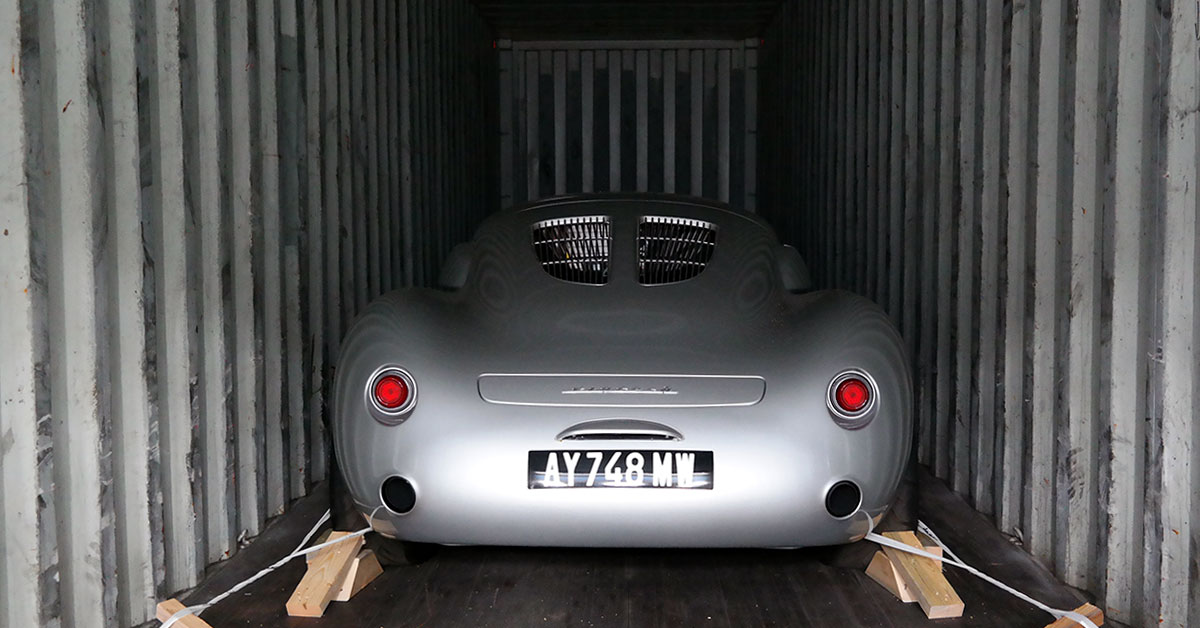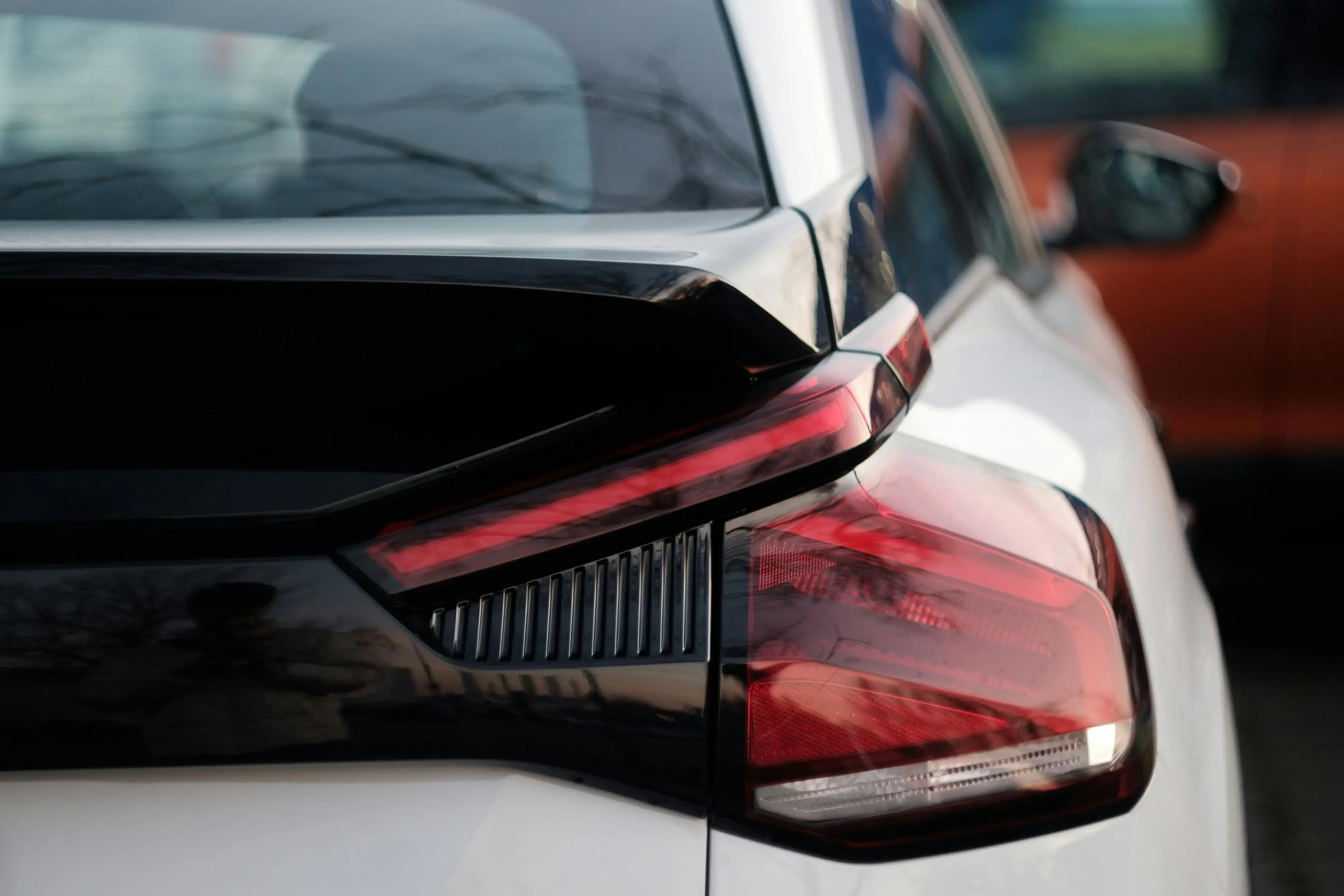RoRo Vs Container Shipping for US Car Imports | West Coast Shipping
When importing a vehicle into the United States, one of the most critical decisions you’ll face is choosing between Roll-on/Roll-off (RoRo) and container shipping methods. This choice affects not only your total costs but also the level of protection your vehicle receives, shipping flexibility, and overall import experience. Understanding the differences between these two shipping methods ensures you make the right decision for your specific vehicle type and import requirements.
Understanding RoRo Shipping: Purpose and Limitations
RoRo shipping represents a specialized maritime transport method designed primarily for oversized vehicles and heavy equipment that cannot fit into standard shipping containers. These vessels function as floating parking structures equipped with built-in ramps and multiple vehicle decks, allowing wheeled cargo to be driven directly onto the ship at the port of origin and driven off at the destination port. Most vehicles are stowed under deck in enclosed/ventilated garages, not on open decks; the environment is protected from weather, though your vehicle will still be driven and handled at multiple touchpoints during loading/unloading.
When RoRo Makes Sense
RoRo shipping serves specific vehicle categories that simply cannot be accommodated through container shipping. This method is specifically designed for vehicles exceeding 40-foot container dimensions, equipment that cannot be disassembled for containerization, and machinery requiring operational capability upon arrival. Construction equipment such as excavators and bulldozers, agricultural machinery, commercial buses, motorhomes, and specialized industrial vehicles all fall into this category.
RoRo Requirements and Restrictions
RoRo shipping imposes strict operational requirements that make it unsuitable for many passenger vehicles. Your vehicle must start, steer, and brake under its own power to qualify for RoRo service, and personal effects are generally not permitted inside the vehicle by carriers/terminals; if you need to move parts or belongings with the car, container service is the appropriate option.
RoRo schedules are often weekly on high-volume lanes like Europe-to-US and Japan-to-US routes, but service is more limited in origin/destination flexibility than the global container network.
Container Shipping: The Preferred Method for Cars and Motorcycles
Container shipping involves transporting vehicles in sealed 20-foot or 40-foot steel boxes that provide complete protection throughout the international journey. For standard passenger vehicles, motorcycles, and most cars—whether running or non-running—container shipping delivers strong value through enhanced protection, flexibility, and service options.
Complete Weather and Environmental Protection
Transatlantic and transpacific ocean crossings expose vessels to harsh marine environments. A sealed container provides a fixed, closed environment that prevents external salt spray/precipitation from contacting the vehicle. While RoRo decks are enclosed and protected from weather, container service further limits handling and access by sealing your vehicle inside a locked unit for the entire voyage.
Flexibility for Non-Running Vehicles
Unlike RoRo shipping, container shipping accommodates non-running vehicles using professional loading equipment (forklifts, winches, ramps). This is ideal for restoration projects, auction purchases that aren’t drivable, or vehicles needing repairs pre-delivery.
Cost-Effective Consolidation Benefits
Multiple cars can share one 40-foot container on many lanes, often fitting two to four standard vehicles and substantially reducing per-vehicle costs versus a dedicated container, while retaining the security and protection benefits.
Additional Cargo Allowance
Container shipping permits properly declared parts and accessories to travel with the vehicle (subject to carrier/CBP rules), something RoRo generally prohibits.
Superior Port Access and Scheduling
Container services are available at nearly every major global port, offering more routing options and sailing frequency than RoRo, which operates from a more limited set of specialized terminals.
Comparing Costs: RoRo vs Container Pricing Reality
Many importers assume RoRo always costs less than container shipping. In practice, rates can be comparable depending on route/season, and container shipping often delivers better overall value once you factor in protection, flexibility, and the ability to move parts together.
Container Cost Advantages
Shared containers can match or beat RoRo on some lanes while delivering more protection and flexibility.
Hidden RoRo Costs
RoRo’s limitations can create additional downstream expenses—e.g., separate freight for parts that cannot ride in the vehicle, or longer pre/post-carriage to reach limited RoRo terminals. These extra costs can narrow or eliminate any base-rate advantage.
US Import Requirements: Documentation and Compliance
RoRo and container shipments follow the same US import rules.
Required Documentation
All vehicle imports typically require:
-
Original foreign title/registration and bill of sale (or commercial invoice)
-
EPA Form 3520-1 (emissions) and DOT Form HS-7 (safety)
-
A power of attorney for your licensed customs broker to file your entry with CBP (along with the required Importer Security Filing for ocean shipments)
Age-based exemptions differ by agency: for DOT/NHTSA, 25 years old or more (by manufacture date, not model year) qualifies under HS-7 Box 1; for EPA, the age-based exemption is 21 years or older if unmodified, declared on 3520-1 Code E. Vehicles that are 25+ years meet both thresholds.
The 25-Year Import Rule and Section 232
Classic vehicles (25+ years) still pay the normal customs duty but, when properly declared with the additional HTSUS provision 9903.94.04, are excluded from the 25% Section 232 “autos” tariff applicable to many modern finished vehicles as of April 2025. Your broker will add 9903.94.04 in addition to the base 8703 classification to reflect this exclusion.
Import Duties and Fees
-
Base customs duty: generally 2.5% for most passenger vehicles (8703).
-
Harbor Maintenance Fee (HMF): 0.125% of entered value on ocean shipments (air is exempt), per 19 CFR §24.24.
-
Merchandise Processing Fee (MPF): 0.3464% ad valorem with FY-2026 caps (min $33.58, max $651.50, effective Oct. 1, 2025).
-
Section 232 (Autos) 25%: imposed in April 2025 on many imported passenger vehicles unless an exclusion applies (e.g., 25-year classics via 9903.94.04, or other programmatic exclusions/content tests as implemented).
Note: 232 applicability depends on origin, content and specific rules in force at entry. Always have your broker confirm current treatment for your VIN/HTS at the time of import.
Making the Right Choice for Your Vehicle
Choose Container Shipping If You Have:
Standard passenger cars, motorcycles, or light trucks that fit within container dimensions; any non-running vehicle; higher-value or collector vehicles needing maximum isolation/security; or if you need to ship parts/accessories with the vehicle.
Consider RoRo Only If You Have:
Oversized units that physically can’t fit into standard containers (e.g., heavy machinery, large buses/motorhomes) or operational machinery where drive-on/drive-off efficiency is the priority.
Security and Damage Prevention
Containers are sealed and recorded by seal number, reducing access/handling; RoRo uses more touchpoints (vehicle is driven by port staff on/off) and does not permit personal effects in the car. Both methods are professionally run; container simply minimizes access and handling further.
Transit Times and Logistics
On equivalent routes, pure ocean time is often similar. Containers usually offer more frequent departures and routing choices; RoRo has fewer origin/destination pairs and schedules, which can lengthen overall door-to-door timelines for some lanes. Container moves add stuffing/devanning steps (often 1–3 days at each end) that experienced coordinators can plan around to limit dwell.
Why West Coast Shipping Recommends Container Shipping
For the vast majority of passenger vehicles, motorcycles, and standard cars entering the United States, container shipping delivers superior protection, flexibility, and overall value. Our company-owned yards in Oakland, Fort Lauderdale, and New Jersey provide rapid turn-in and flexible routing for container shipments. Weekly consolidations ensure containers leave on reliable schedules, while direct contracts with major ocean carriers secure competitive rates.
We provide photo-verified loading stored in your online portal for claims defense, complete documentation support for EPA and DOT compliance, and expert customs brokerage services at all major US ports. Our team guides you through every document, crane lift, and customs gate until your keys are back in hand.
Calculate Your Import Costs Today
Ready to import your dream car to the United States? Understanding your total costs including ocean freight, customs duties, documentation fees, and domestic transport ensures you budget accurately for your import project. Use our car import calculator to get an instant, all-inclusive quote tailored to your specific vehicle and destination.
Whether you’re importing a European classic under the 25-year rule, a Japanese sports car, or any vehicle from overseas, West Coast Shipping provides the expertise, infrastructure, and service quality to make your import experience smooth and successful. Container shipping represents the smart choice for protecting your investment while navigating the complexities of international vehicle transport and US customs clearance.
You May Also Like
These Related Stories
.png)
Consolidated vs. Dedicated Container Shipping | West Coast Shipping

How Many Cars Fit in a Shipping Container? | West Coast Shipping

-093789-edited.png?width=220&height=79&name=wcs_final_logo_(1)-093789-edited.png)

